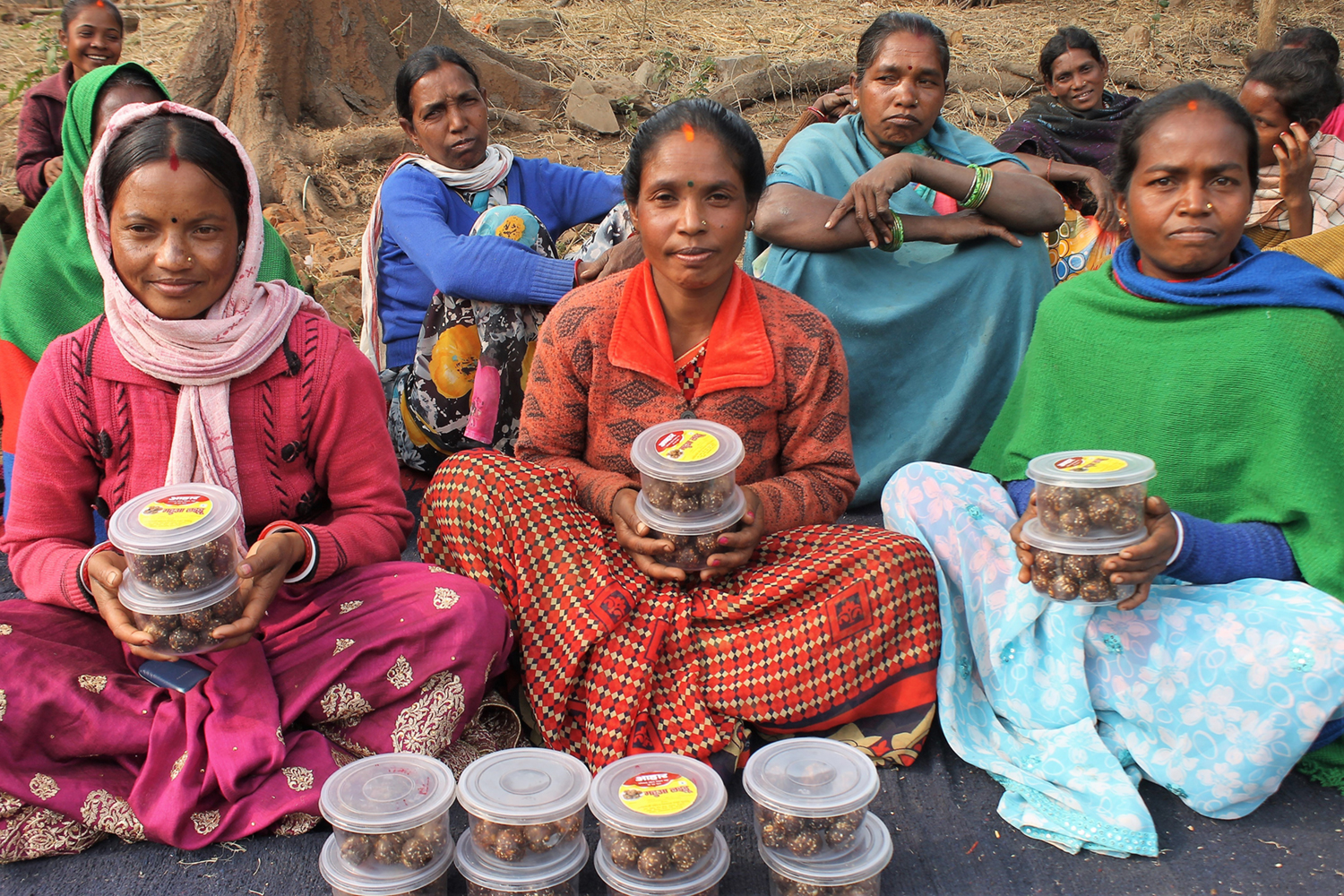




Disclaimer: Copyright infringement not intended.

Source: TH
|
Practice Question Q. In what ways do the changes in river flow during different monsoon phases affect the overall health of marine ecosystems in the Bay of Bengal? 250 words |







© 2025 iasgyan. All right reserved